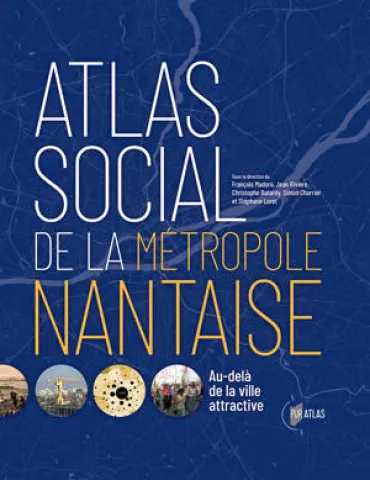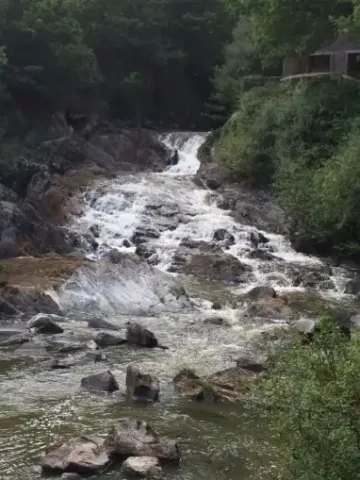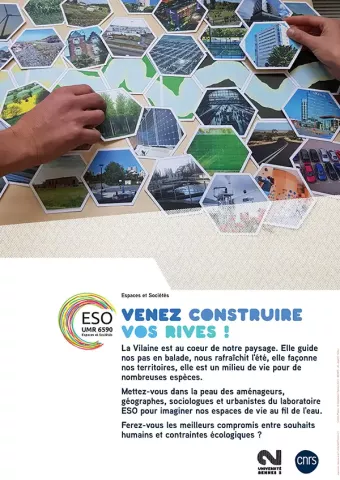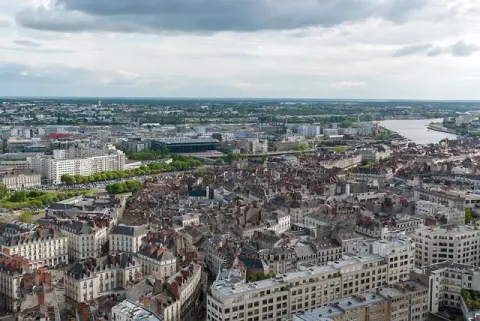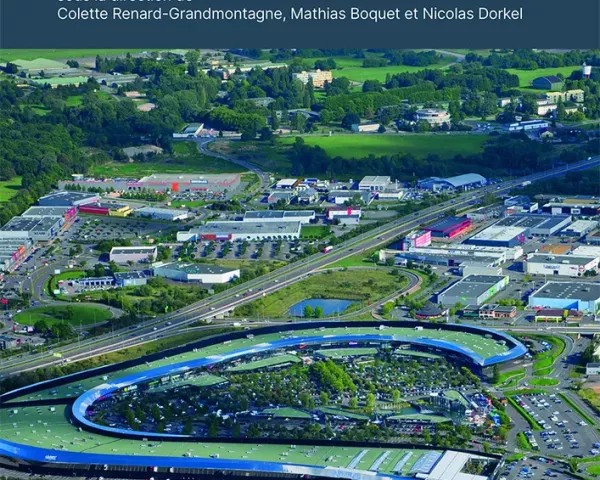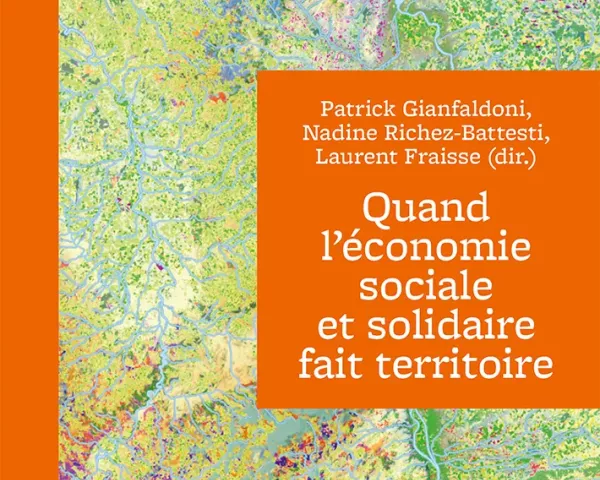-
Julien Andrieu
-
Krishnamurthy Anupama
Nicolas Bautès
Nicolas Bautès
Nicolas Bautès
Nicolas Bautès
Coastal transformation and fisher wellbeing: Perspectives from Cuddalore District, Tamil Nadu, India
Nicolas Bautès
-
Sarah Benabou
-
O-J Crook
-
V Gunasekera
-
T Jayasingam
-
C Jayathilaka
-
Kas Kodikara
-
F Lombard
-
S K Madarasinghe
-
T Mathiventhan
-
Gowrappan Muthusankar
-
R Premathilake
-
Christophe Proisy
-
N Vanniasinkam
-
N Weeratunge
-
N Wickramaarachchi
-
Raphael Mathevet

Nicolas Bautès
Les 5 derniers dépôts :
Multiscale analysis of land use and land cover changes in Sri Lanka by remote sensing: the impacts of post-war infrastructure development in the last 20 Years (2002-2022)

Julien Andrieu, Krishnamurthy Anupama, Nicolas Bautès, Sarah Benabou, O-J Crook, et al.. Multiscale analysis of land use and land cover changes in Sri Lanka by remote sensing: the impacts of post-war infrastructure development in the last 20 Years (2002-2022). Journal of the National Science Foundation of Sri Lanka , 2023, 51 (4), ⟨10.4038/jnsfsr.v51i4.11548⟩. ⟨hal-04371976⟩
On a worldwide scale, land use and land cover changes (LULCC) is a major driver of global change and biodiversity erosion. This study aims to monitor at the scale of Sri Lanka, LULCC and vegetation dynamics, to identify the main changes and their drivers. It places emphasis on multiscale geospatial monitoring with satellite data but also mobilises the interdisciplinary knowledge of a research programme. First, national scale data allows the identification of major changes with the MODIS NDVI dataset using Mann-Kendall tests and time profile analysis. A second local scale was mobilised with a systematic diachronic visual interpretation of high-resolution images on Google Earth. The third step, a macro-regional scale focus on the South and East coasts, used LANDSAT imagery (Stacked K-means) verified by field studies (botanical and vegetation analysis, and interviews). About 92.5% of the island of Sri Lanka is stable or presents no significant trends in the vegetation cover. 5% show a significant positive (greening) trend between 2000 and 2020 around the Puttalam lagoon, west of the Samanalawewa Reservoir, in the Udawalawe National Park, east and north of Ella, and the Nuwaragala Forest Reserve. Only about 2.5% (165,000 ha) of the Island shows a negative significant trend mainly in the periphery of Colombo and Trincomalee. The first driver is a set of national planning decisions in terms of infrastructure development (including urban growth, housing programmes and agricultural fields, and the management of protected areas). The second driver comes under rural dynamics with increasing tree density in rural landscapes over the Uva Province. Infrastructure development initiated by the state, creates both underlying conditions for other activities and negative impacts on coastal ecosystems, such as degradation of wetlands (including protected areas).


